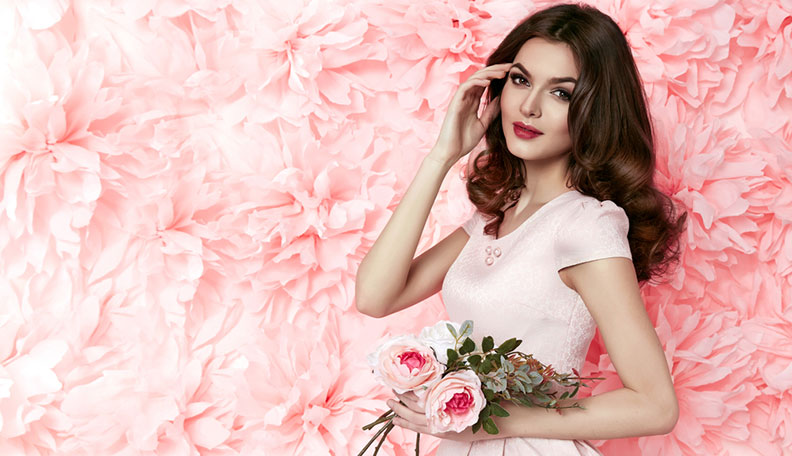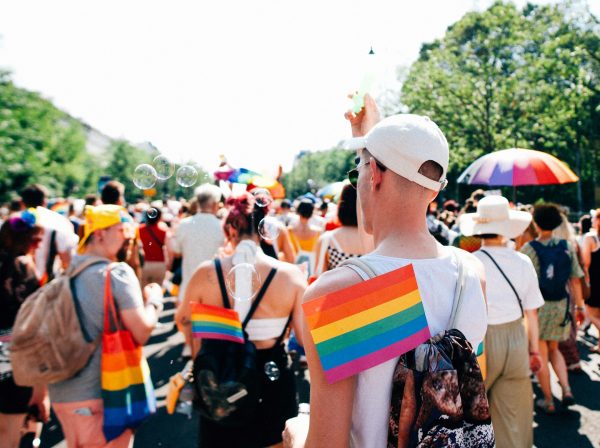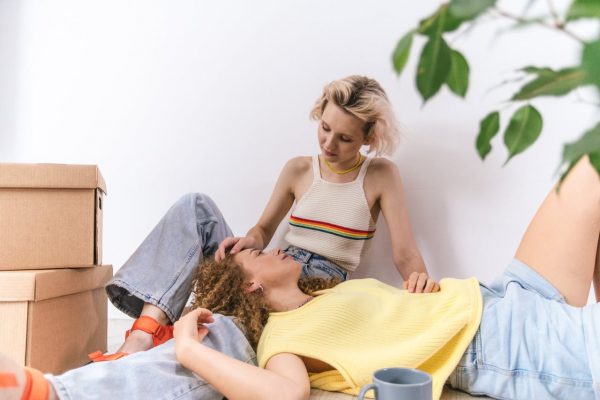Femininity is awesome. Masculinity is awesome. Expressions of femininity are awesome; so are expressions of masculinity. Expressions of anywhere in between are pretty cool, too. I love seeing how creative people get when expressing gender, or experimenting with fashion. The whole blue lipstick thing that’s going around? Fierce as Hell.
An expression isn’t necessarily tied to gender; masculine expression isn’t indicative of Queerness in women, a feminine expression isn’t indicative of Queerness in men; masculinity and femininity belong to no gender, both are wonderful slidey-scales for everyone to experience, enjoy, and experiment with. In Queer circles, though, femininity displayed by women is ostensibly treated as an invalidation or measure of Queer-ness. This pejorative view is more or less aimed at cisgender women who present ‘Femme.’ Femme (and hard-Femme) and Butch (and soft-Butch) are both fairly common self-identifications; Butch, though, is treated as more valid when one is Queer. Reflections of dominant cis-het culture can be seen in Queer sub-cultures: masculinity is prioritized. Queer communities are subversive of cis-het culture, the norms pushed upon anyone and everyone, both cis-het and Queer-identified alike. Despite the subversive aspects, prioritizing masculine self-expression in women is still misogyny.
There is no wrong way to be a woman. That’s one thing communities of Queer women try to convey to the cisgender, heterosexual, dominant majority. And, I mean, there really isn’t any wrong way to be a woman, cis or trans. Why is it seen as especially subversive when a man (or Masculine-of-Center GQ individual such as myself, for example) expresses femininity outwardly, but problematic when a woman is feminine? That’s a rhetorical question, don’t worry—because, in the dominant culture, to be feminine is to be perceived as weak; why would any (perceived) man want to be seen as feminine when femininity is less-than? Still, femininity expressed by cisgender Queer women can be looked upon as a subversive act towards both dominant culture and Queer sub-cultures.
Staying true to oneself is the key to happiness. Staying true to oneself can be a trying endeavor when the dominant culture is telling you there is one right way to be a woman, and Queer sub-cultures are telling you there is only one right way to be a woman, and the right way is the opposite of what dominant culture is telling you. Granted, a frequently occurring situation with Queer youth is not being able to express gender openly when gender expression does not match the sex one has been assigned at birth; that needs to be acknowledged as the severe concern it is. That aside, when a woman wishes of their own accord to present in a feminine manner, she should not be accused of buying into compulsory heterosexuality. Just as there is no wrong way to be a woman, there is no wrong way to be a Queer woman. Femininity is awesome, if that is how a given person feels most comfortable. Queer femininity—two concepts that are hardly mutually exclusive despite a seemingly common perception—is awesome, too.






